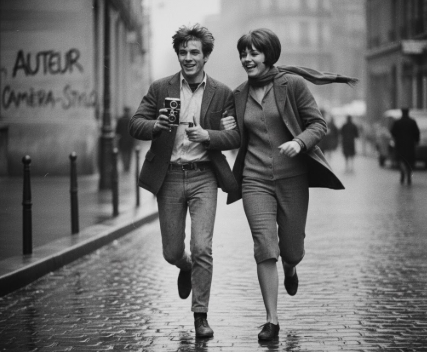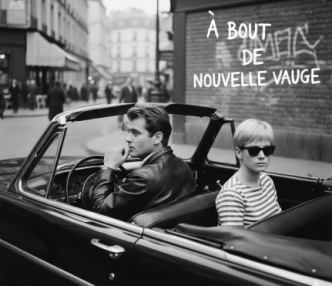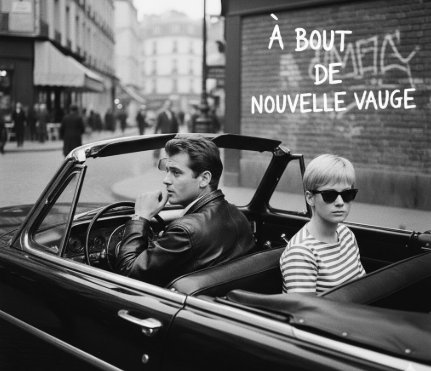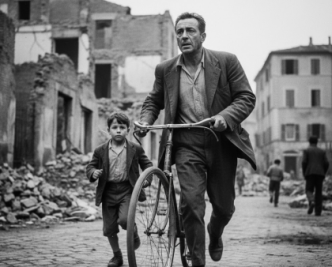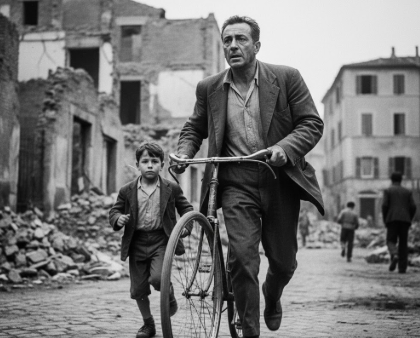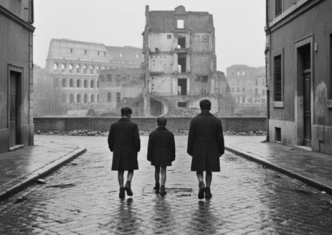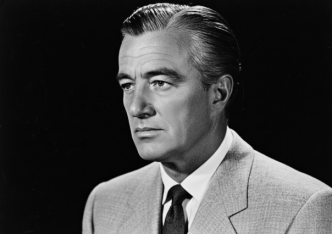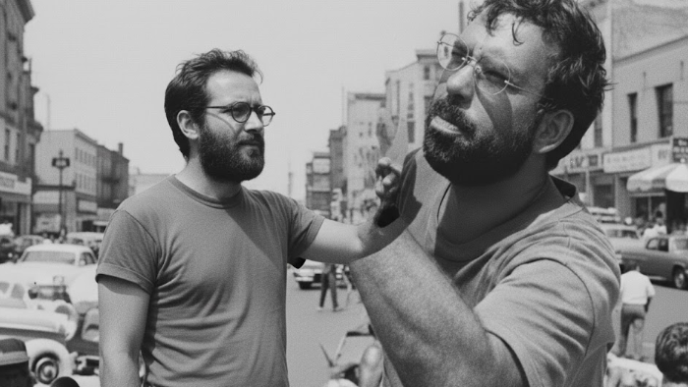In the late 1950s, a cinematic earthquake erupted in France, sending shockwaves that would permanently alter the landscape of global filmmaking. This was the Nouvelle Vague, or French New Wave, a movement driven by a group of young, cinephile critics who, armed with a radical new philosophy and lightweight cameras, set out to demolish the conventions of traditional cinema.
Rejecting the polished, studio-bound “cinema of quality” that dominated their country, filmmakers like Jean-Luc Godard, François Truffaut, and Agnès Varda created a new cinematic language—one that was personal, spontaneous, and intellectually daring. The New Wave was more than a stylistic shift; it was a declaration of independence that championed the director as the true author of a film and proved that profound, groundbreaking cinema could be made on the streets with a shoestring budget.
The Rebellion’s Manifesto: Cahiers du Cinéma and Auteur Theory
The intellectual heart of the New Wave was the influential film journal Cahiers du Cinéma, founded in 1951. Here, a group of young, obsessive critics—including future directors Godard, Truffaut, Éric Rohmer, Jacques Rivette, and Claude Chabrol—developed their revolutionary ideas. They railed against the impersonal, script-heavy French films of the day, which they dismissed as “papa’s cinema,” and instead championed the work of American directors like Alfred Hitchcock and Orson Welles.
From these critical writings emerged the movement’s foundational philosophy: the politique des auteurs, or “auteur theory.” First articulated by Truffaut, the theory argued that the director should be considered the true “author” of a film, using the camera as a writer uses a pen (caméra-stylo). They believed that the best films were not the product of a studio or a screenwriter, but of a director’s personal vision, which could be traced through their entire body of work via recurring themes and a distinctive visual style. This radical idea shifted the focus from the commercial apparatus of filmmaking to the individual artist, empowering directors to use the medium for personal expression.
A New Cinematic Language: The Techniques of the Revolution
Armed with this new philosophy and constrained by low budgets, the New Wave filmmakers were forced to innovate, creating a raw and energetic new aesthetic. Their key techniques were a direct rejection of the polished, invisible style of mainstream cinema:
- Location Shooting and Handheld Cameras: The New Wave directors took filmmaking out of the studio and onto the streets of Paris. Using newly developed lightweight cameras, they could shoot quickly and cheaply in real locations, capturing the spontaneity of everyday life with a documentary-like immediacy.
- Jump Cuts and Discontinuous Editing: Perhaps the most famous New Wave innovation is the jump cut, famously employed by Godard in Breathless (1960). By cutting out the middle of a single shot, the editing creates a jarring “jump” in time, disrupting narrative flow and deliberately reminding the audience that they are watching a constructed work of art.
- Natural Light and Direct Sound: Rejecting the elaborate lighting setups of studio productions, these filmmakers often relied on natural, available light. They also recorded sound directly on location, capturing the ambient noise of the city and adding to the films’ sense of realism.
- Improvised Dialogue and Long Takes: Scripts were often treated as loose guides rather than rigid blueprints. Directors encouraged actors to improvise their dialogue, fostering a sense of spontaneity and naturalism. This was often combined with the use of long takes, allowing scenes to unfold in real-time without the interruption of an edit.
Themes of the New Wave: Youth, Alienation, and Existentialism
The films of the New Wave reflected the social and political climate of post-war France, capturing the anxieties and rebellions of a new generation. Their stories often focused on young, anti-authoritarian protagonists who felt alienated from traditional society. Heavily influenced by existentialist philosophy, the films explored themes of individual freedom, the absurdity of human existence, and the complexities of modern love and relationships. Landmark films like Truffaut’s deeply personal debut The 400 Blows (1959) and Agnès Varda’s real-time exploration of mortality, Cléo from 5 to 7 (1962), were not about grand plots but about capturing the intimate, often messy, realities of human experience.
Conclusion: A Legacy of Liberation
The French New Wave was a brief but explosive movement that fundamentally changed the rules of cinema. It democratized filmmaking, proving that powerful stories could be told with minimal resources, and it elevated the director to the status of a true artist. Its influence was immediate and global, inspiring a generation of filmmakers from the American New Wave—including Martin Scorsese and Francis Ford Coppola—to the independent film movements that continue to thrive today. The legacy of the Nouvelle Vague is one of liberation, a radical reminder that cinema can be as personal as a novel and as revolutionary as a manifesto.

Dario Loce is the founder and editor of Celebrimous. He is a lifelong film enthusiast and the author of several locally-published books on cinema history and analysis. His passion is deconstructing the “how” and “why” of filmmaking, from the director’s vision to the editor’s cut. When not lost in a classic film, he’s usually walking through the city, replaying scenes in his mind like unfinished stories.

